home sweet home
IHR Zuhause
furnishings and equipment
Landhaus Leonhard
- 4 bedrooms
- 8 +1 beds
- 2 bathrooms
- Spacious kitchen
- Living room and Stube
- Private parking
- Masonry stove
- TV
- Washing machine
- Animal-friendly
- BBQ
- Direct access to hiking trails
- Smoking prohibited
- 4 bedrooms
- 8 +1 beds
- 2 bathrooms
- Spacious kitchen
- Living room and Stube
- Private parking
- Masonry stove
- TV
- Washing machine
- Animal-friendly
- BBQ
- Direct access to hiking trails
- Smoking prohibited
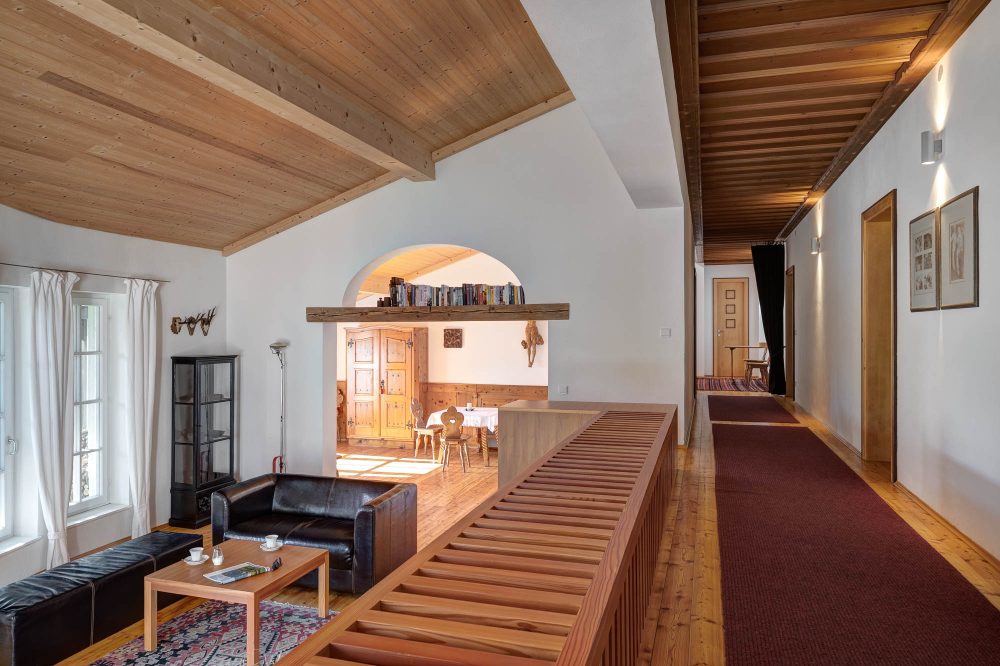
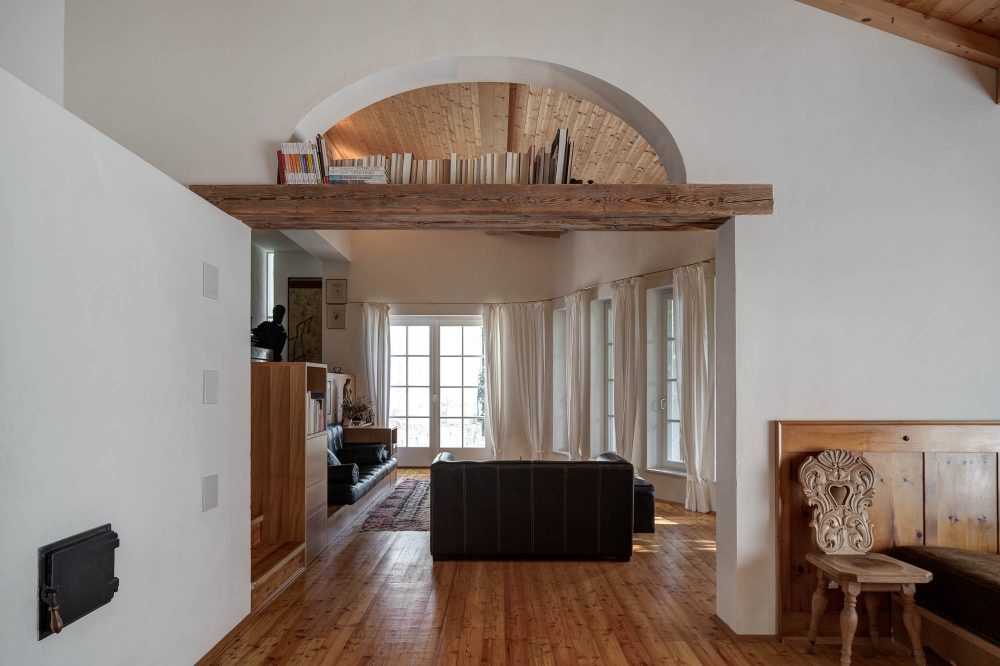
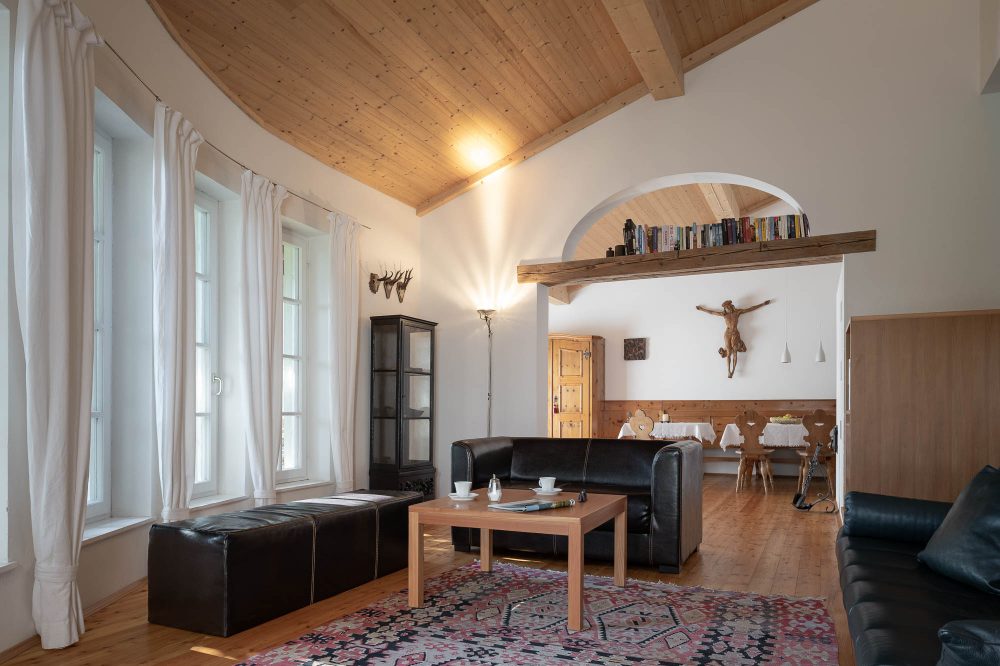
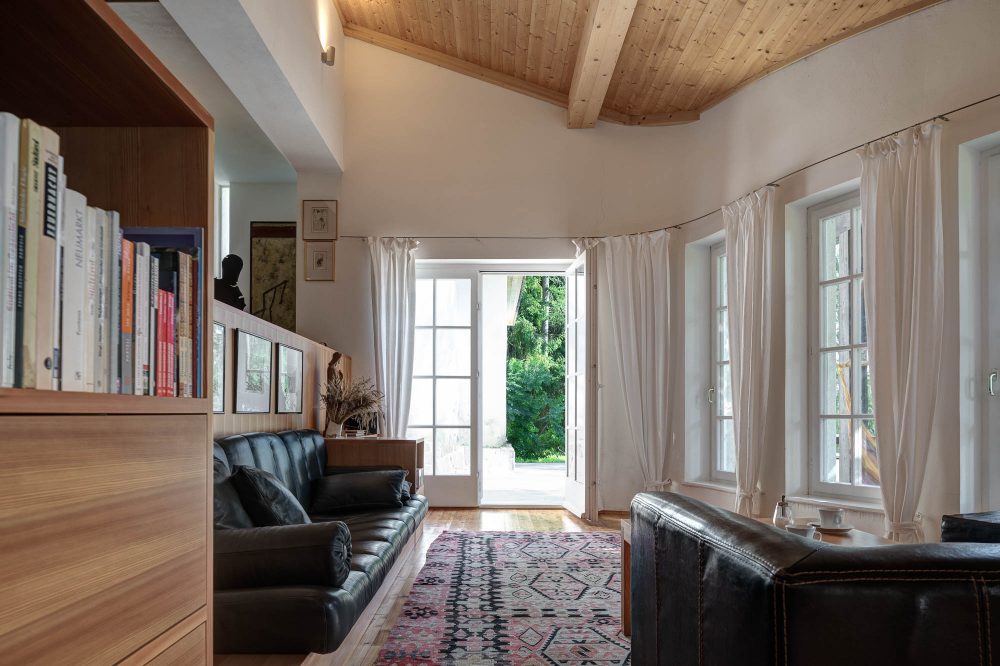
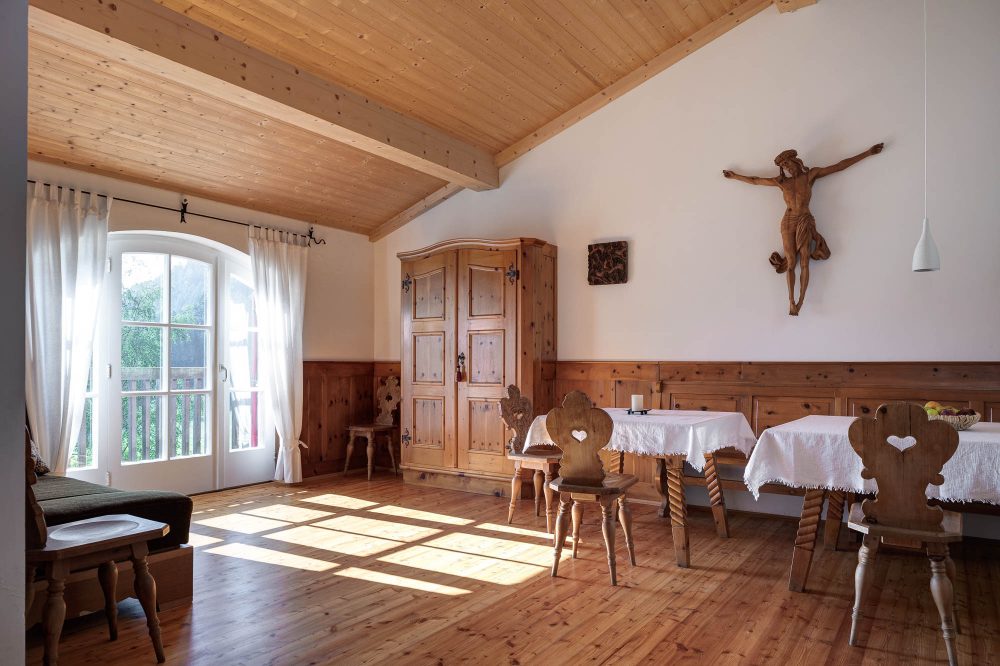
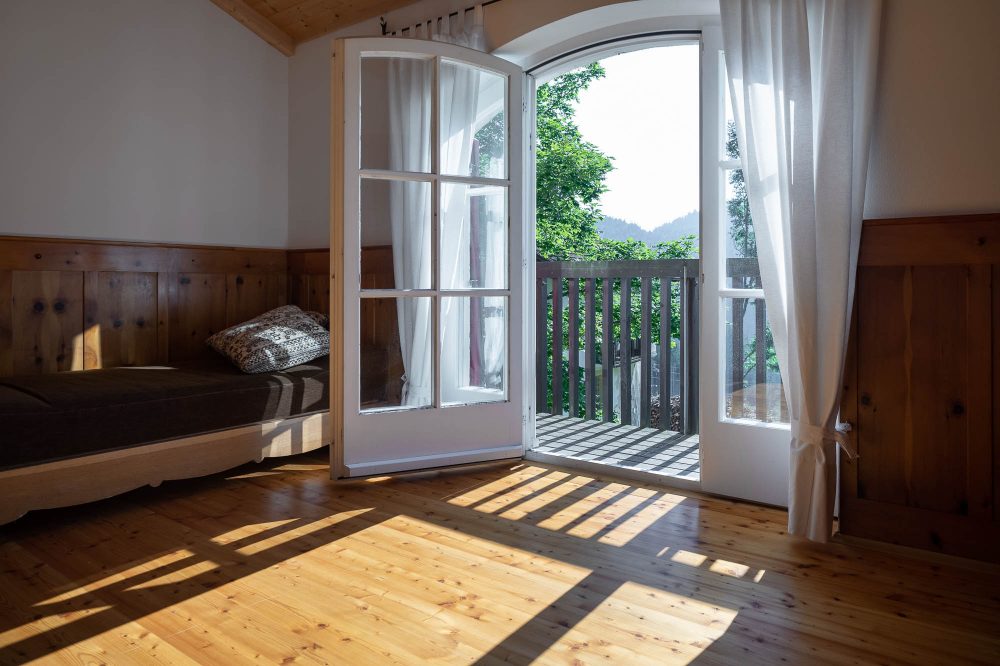
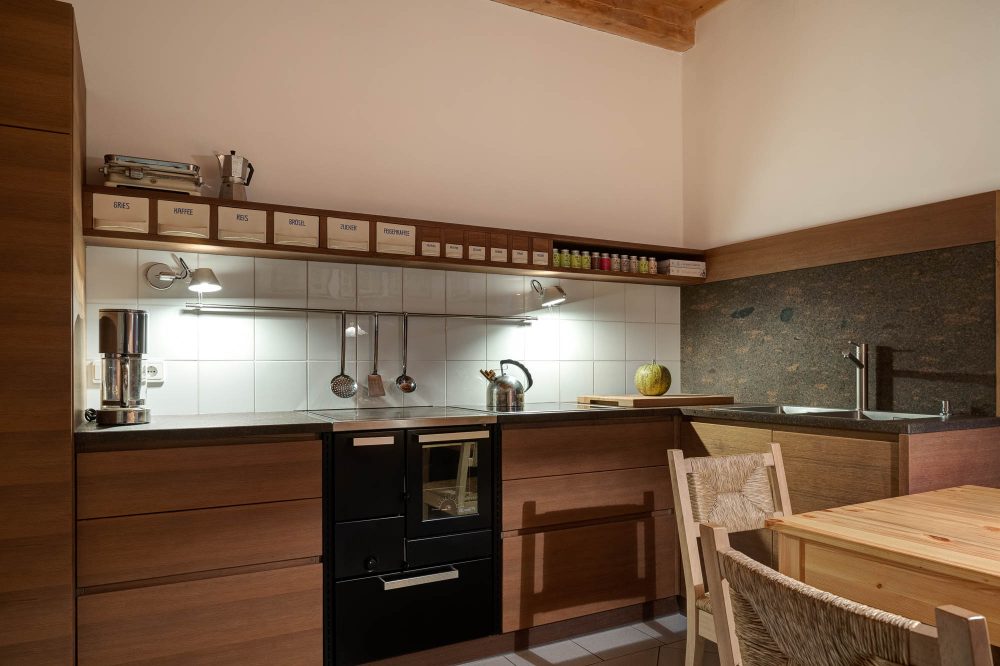
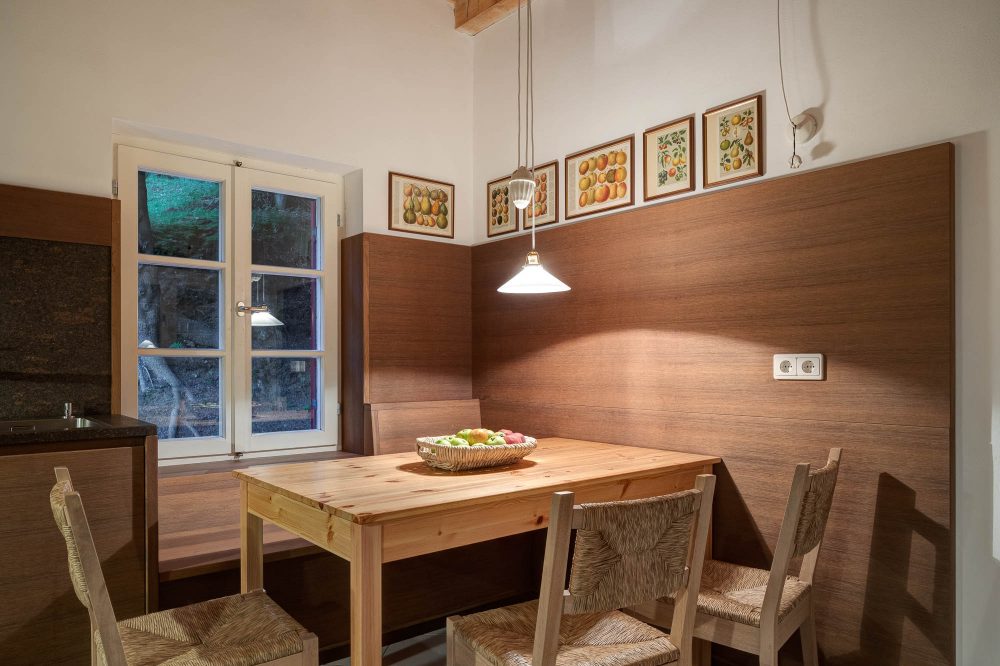
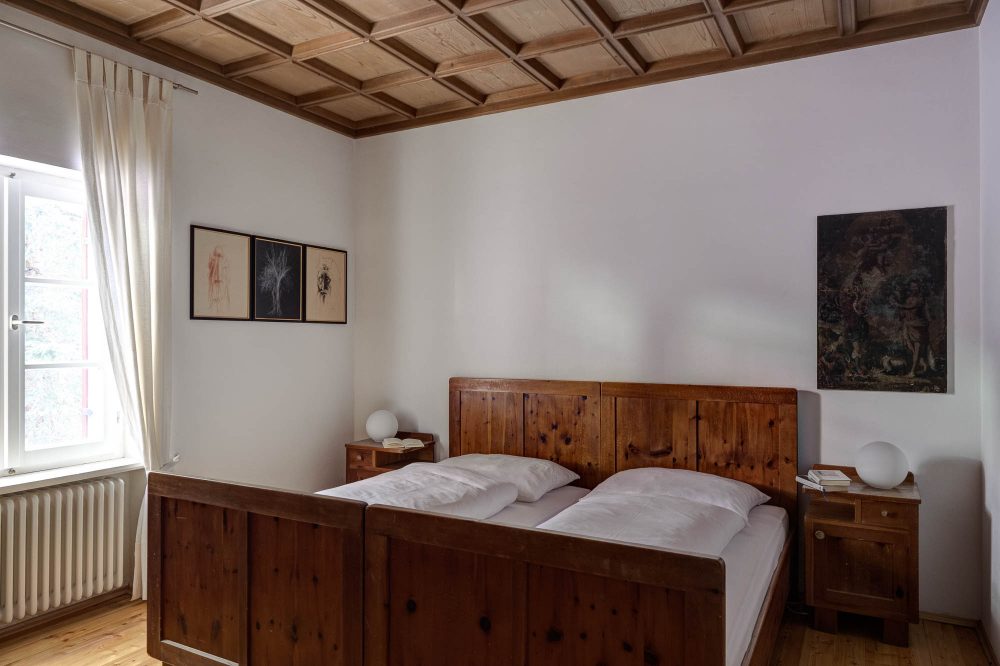
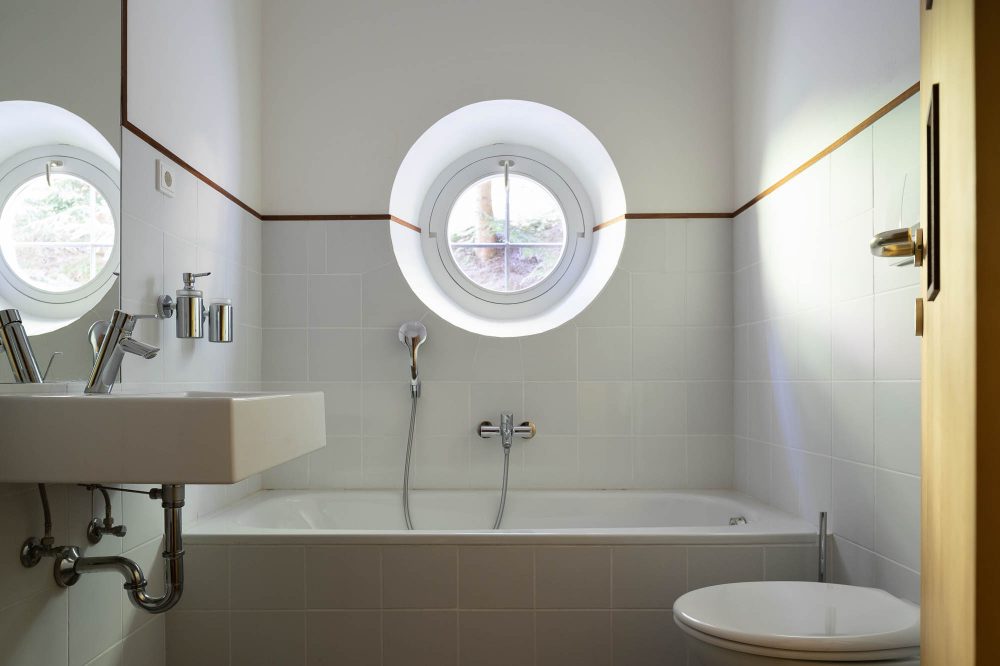
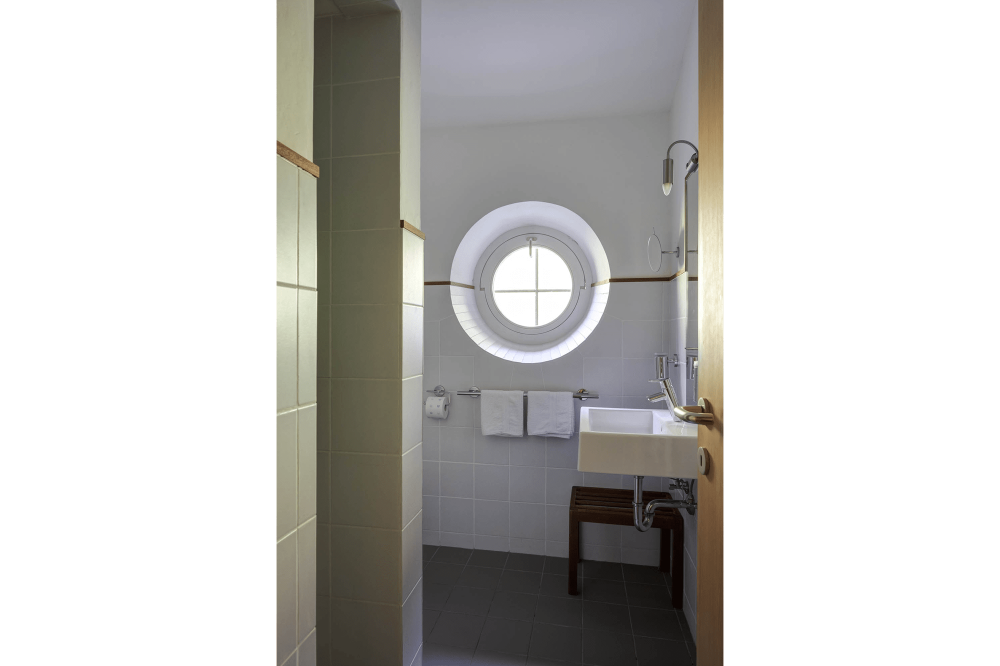
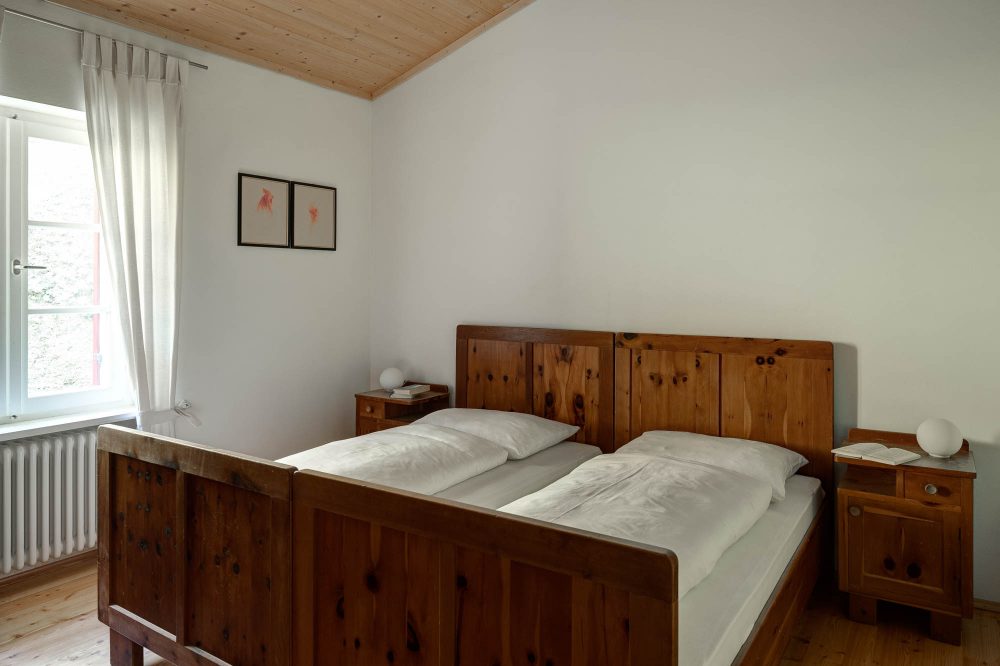
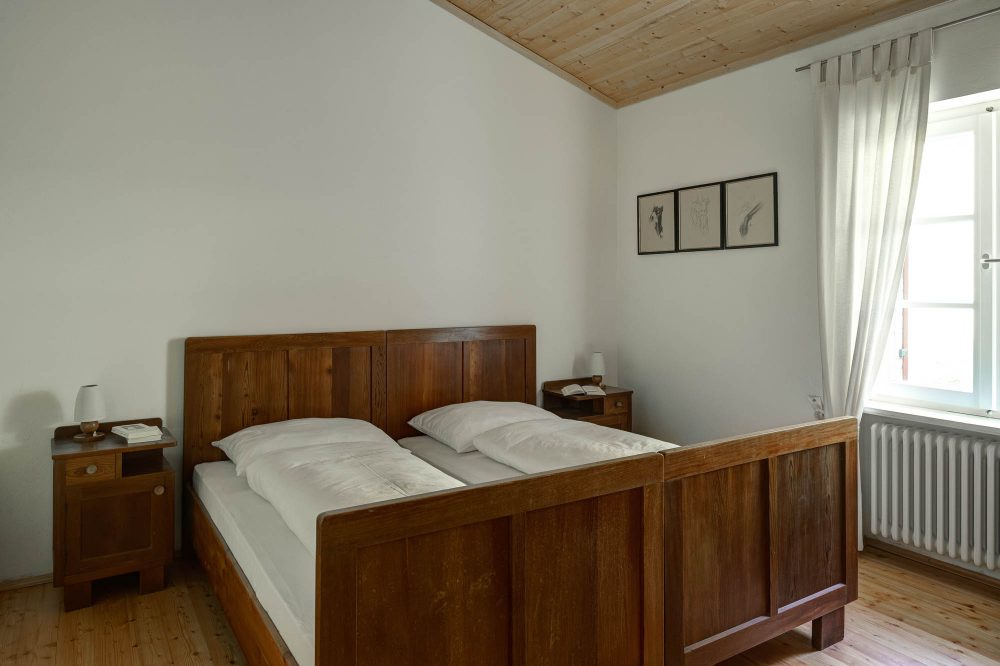
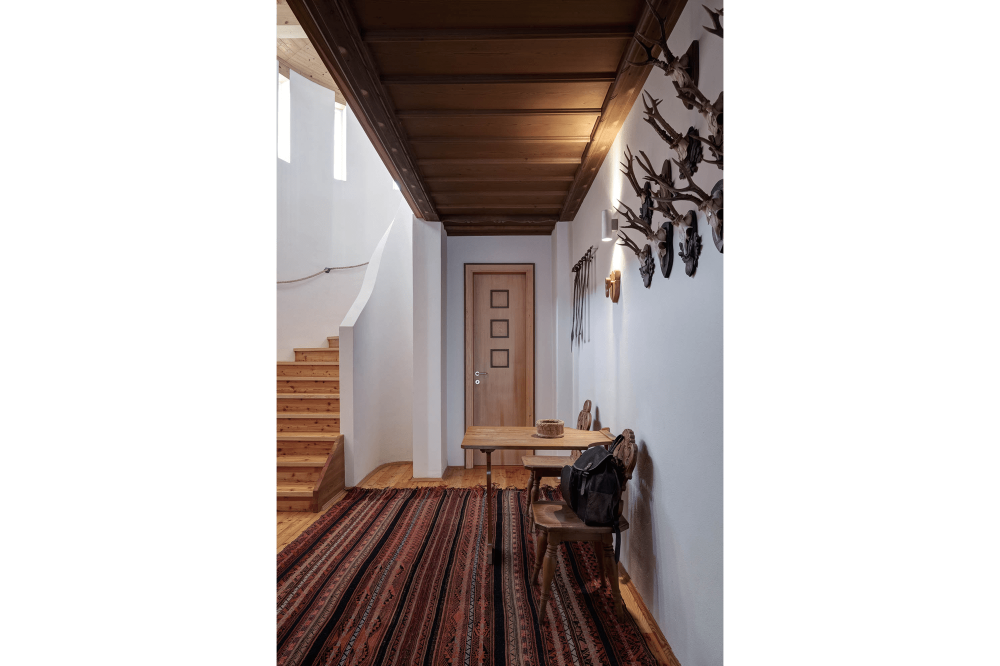
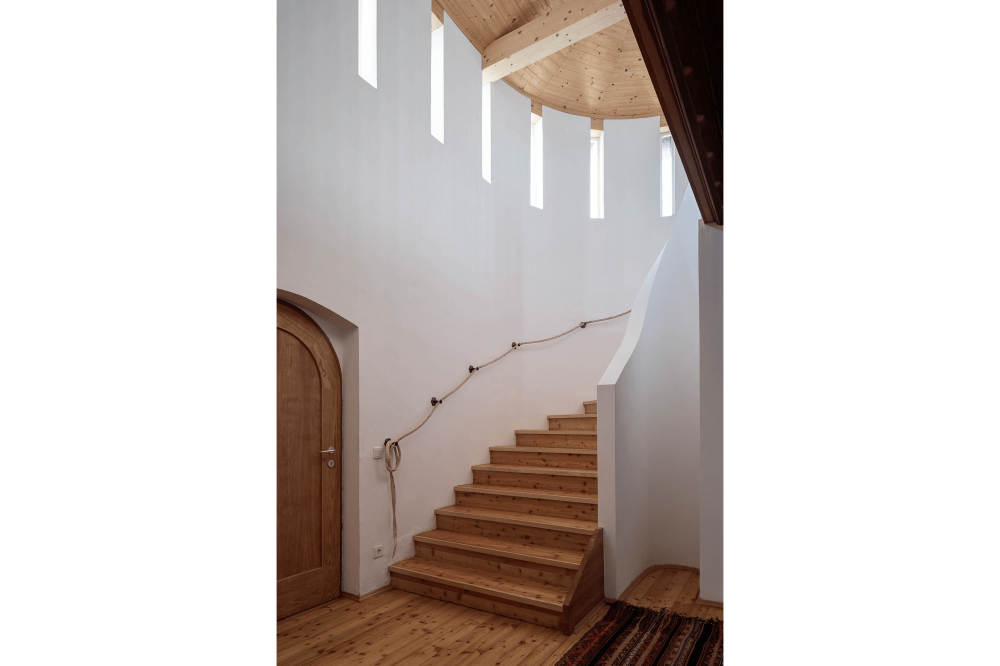
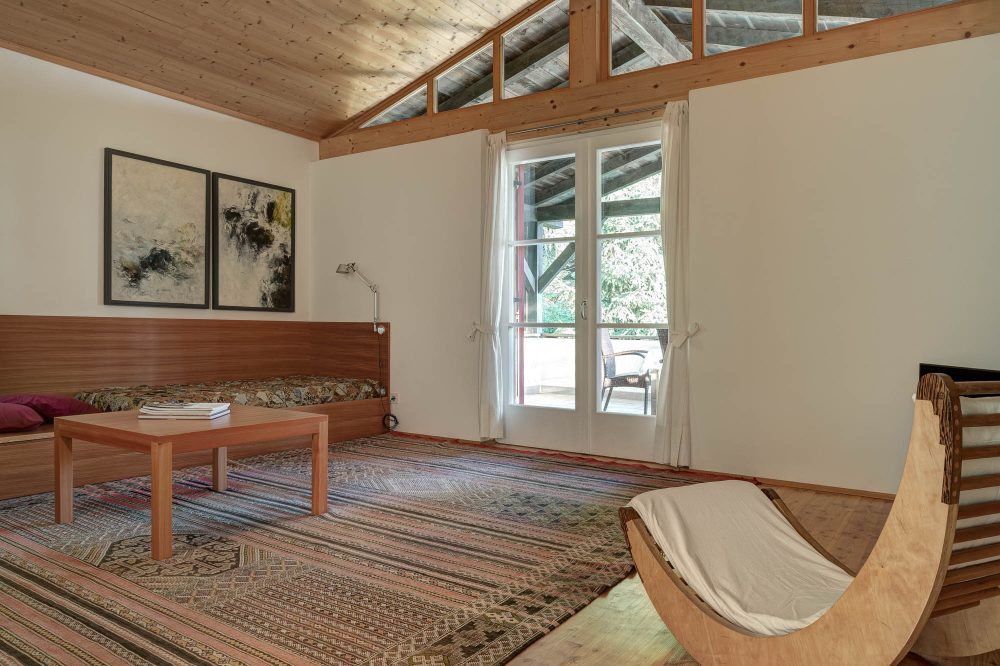
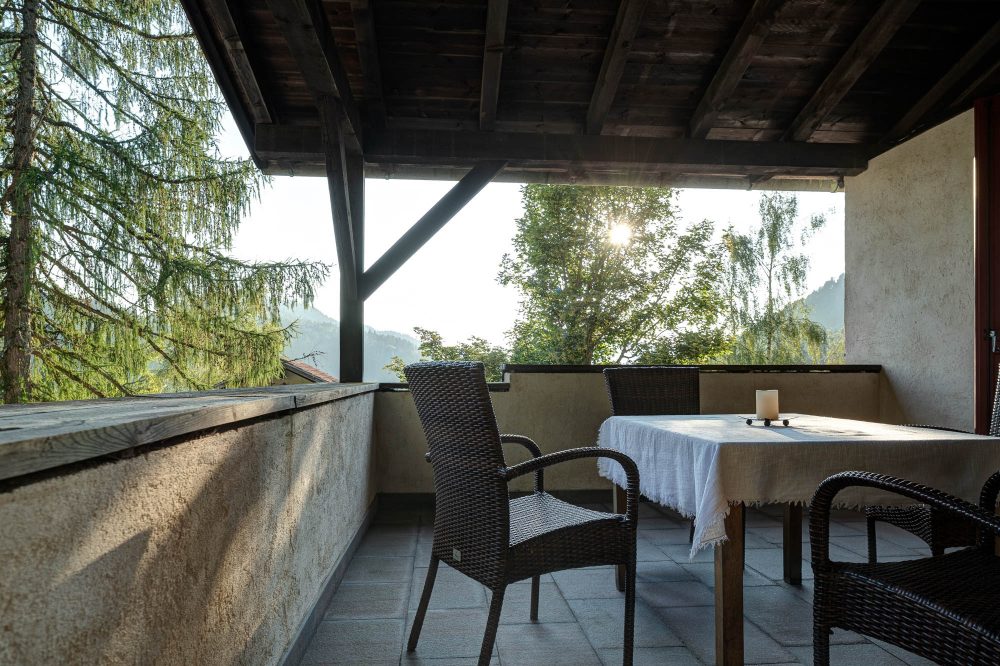
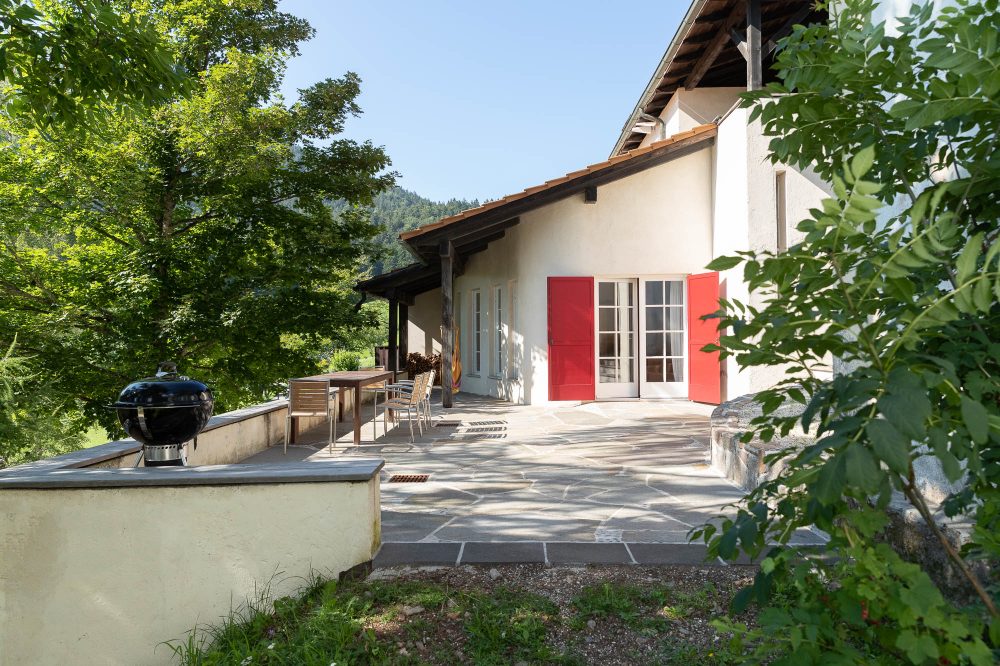
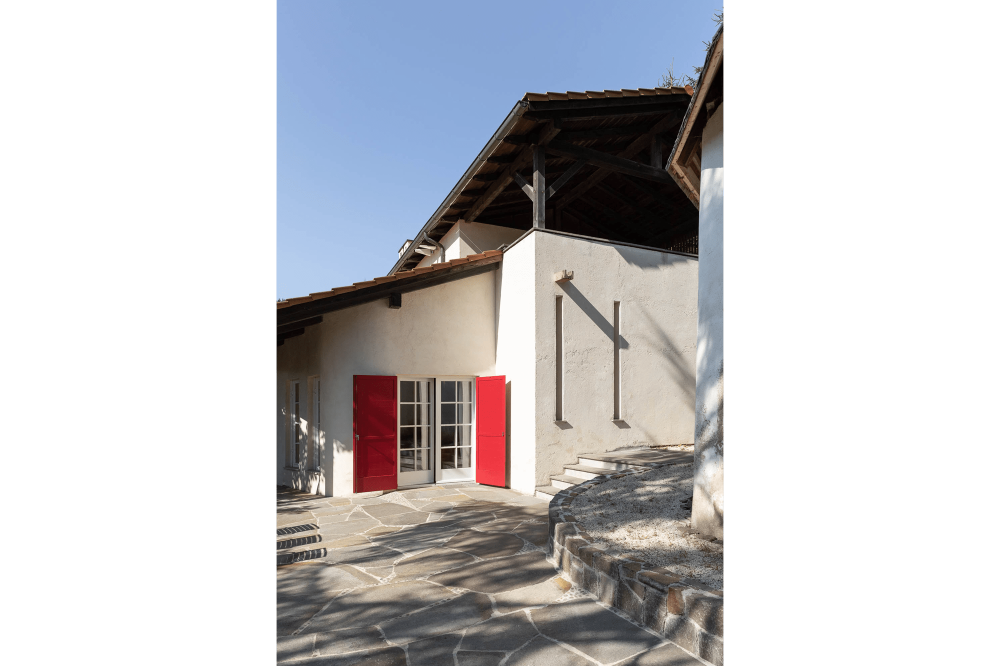
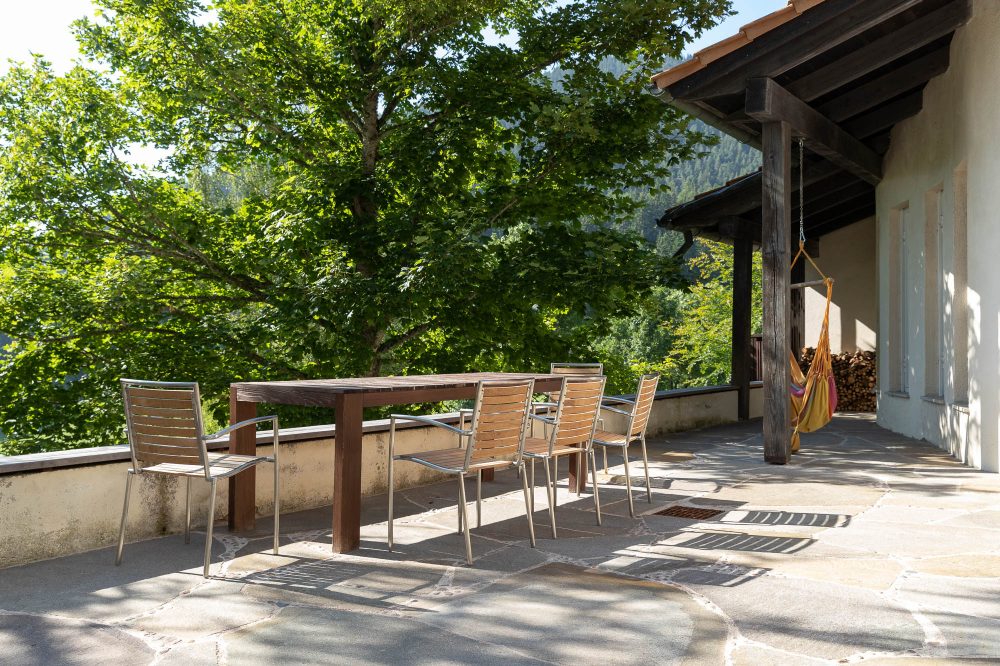
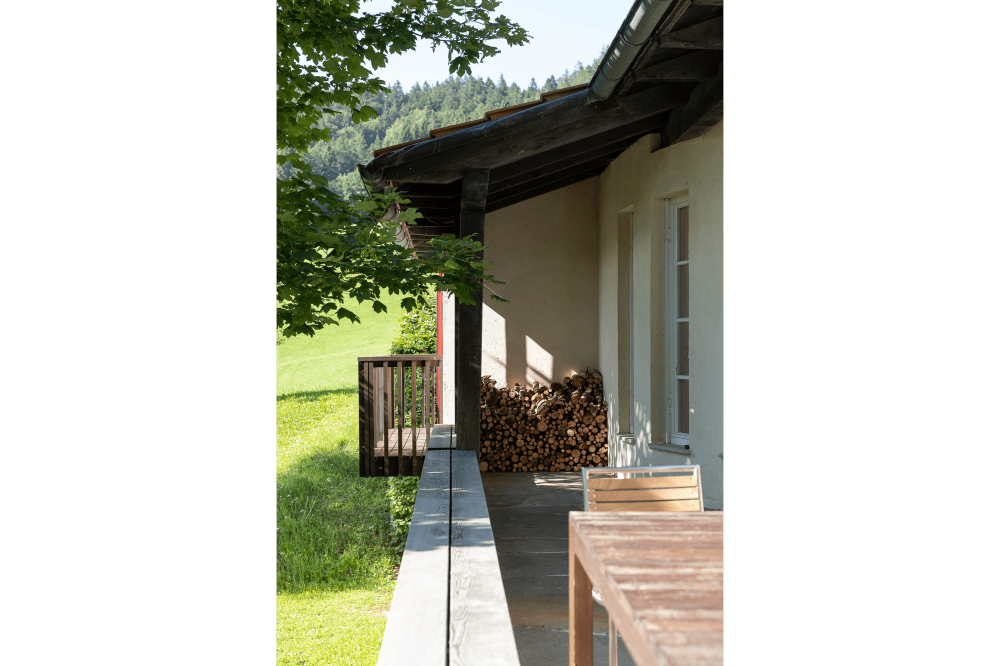
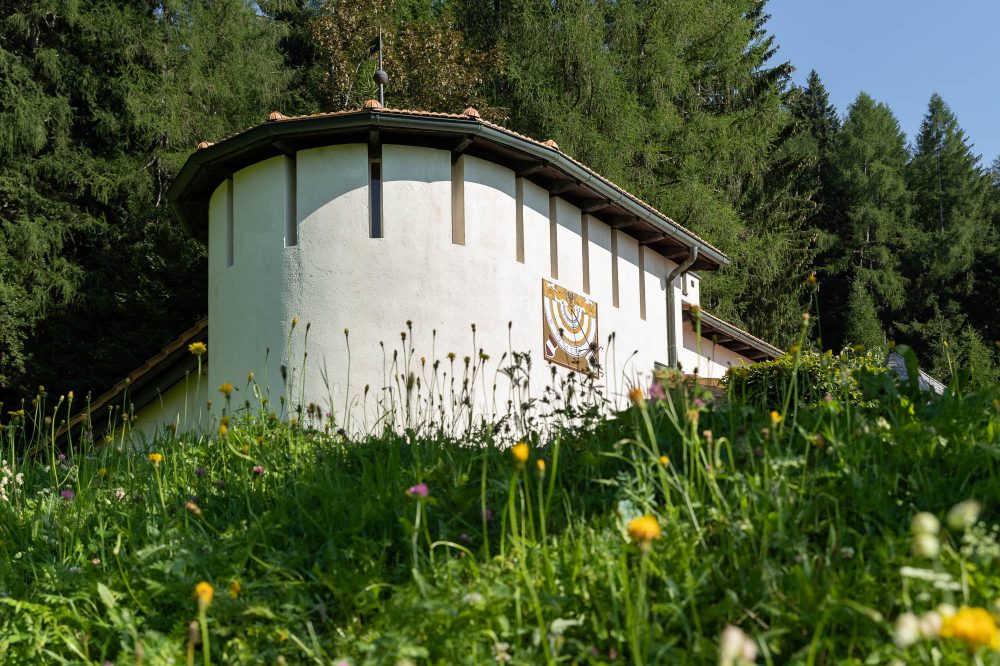
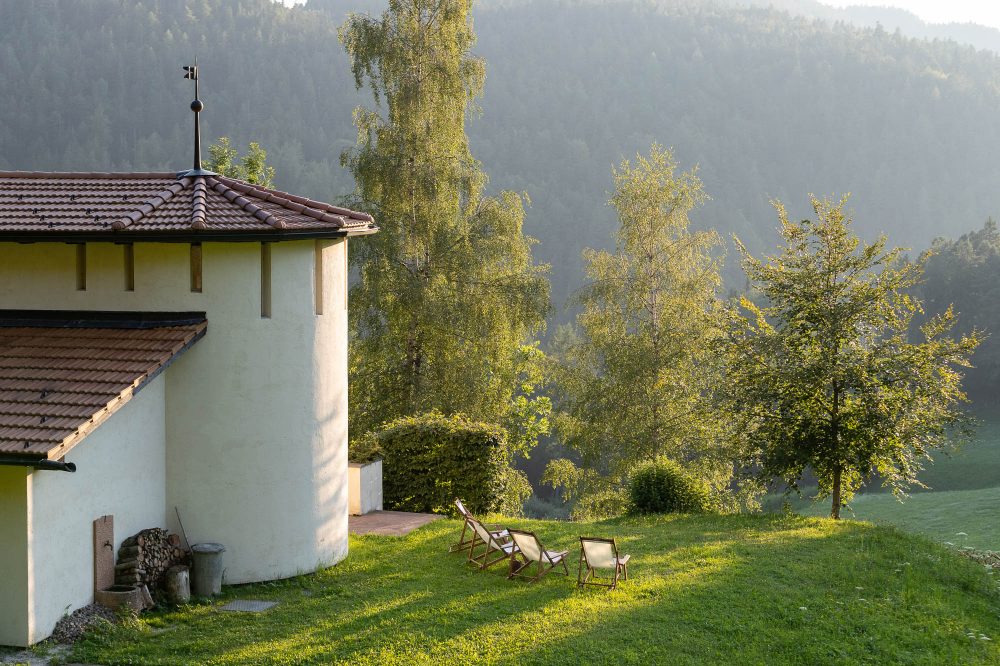
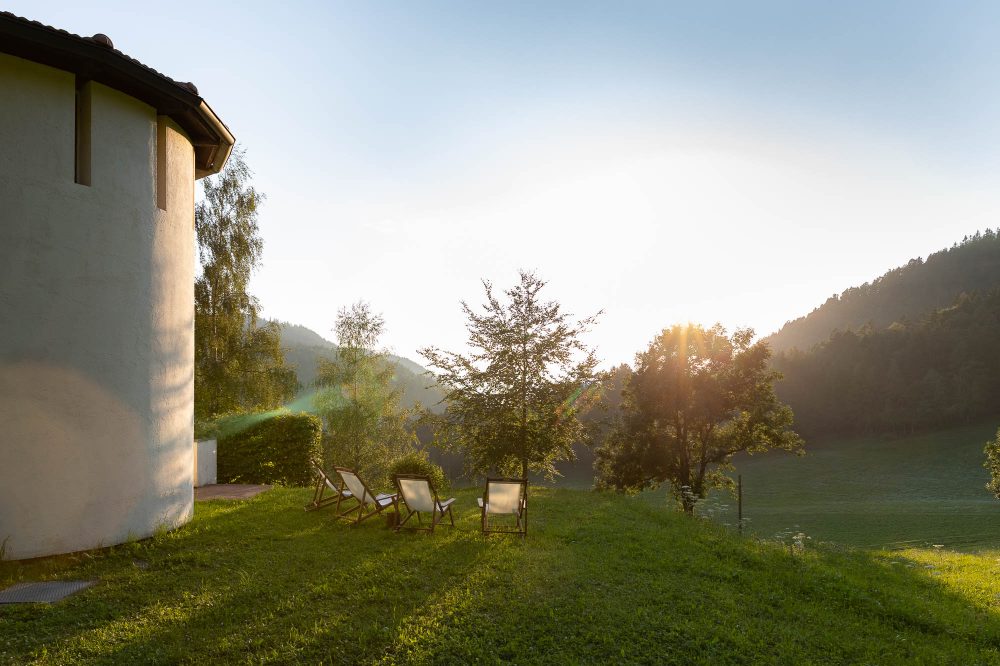
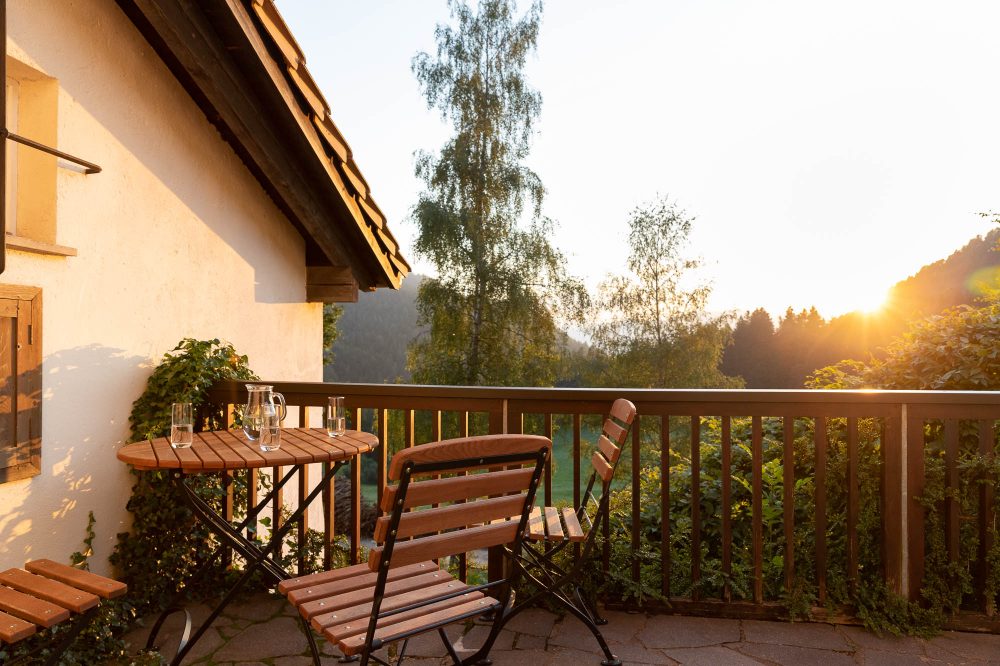
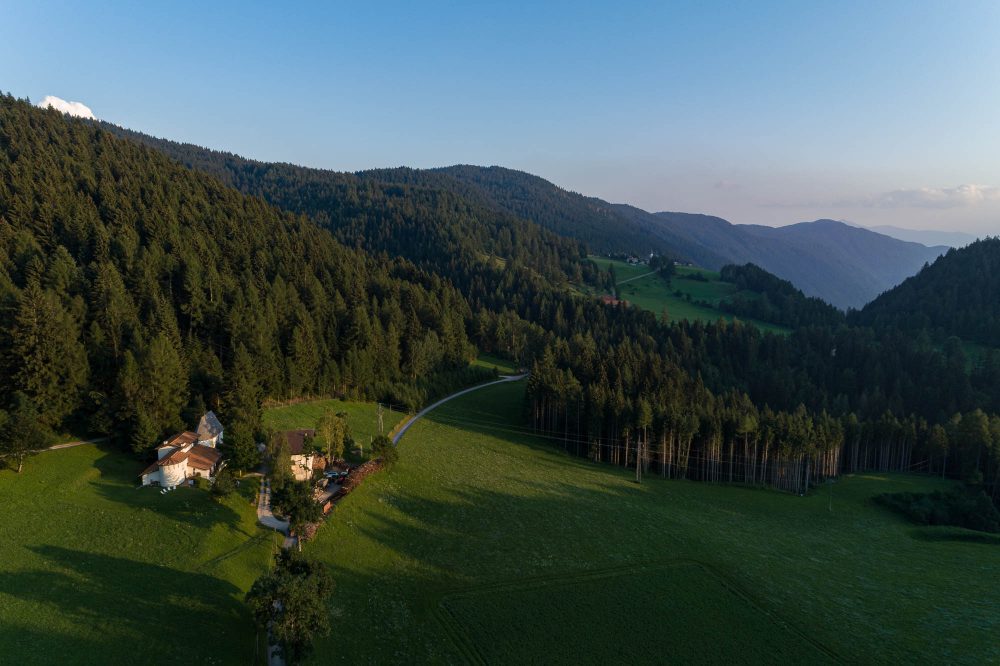
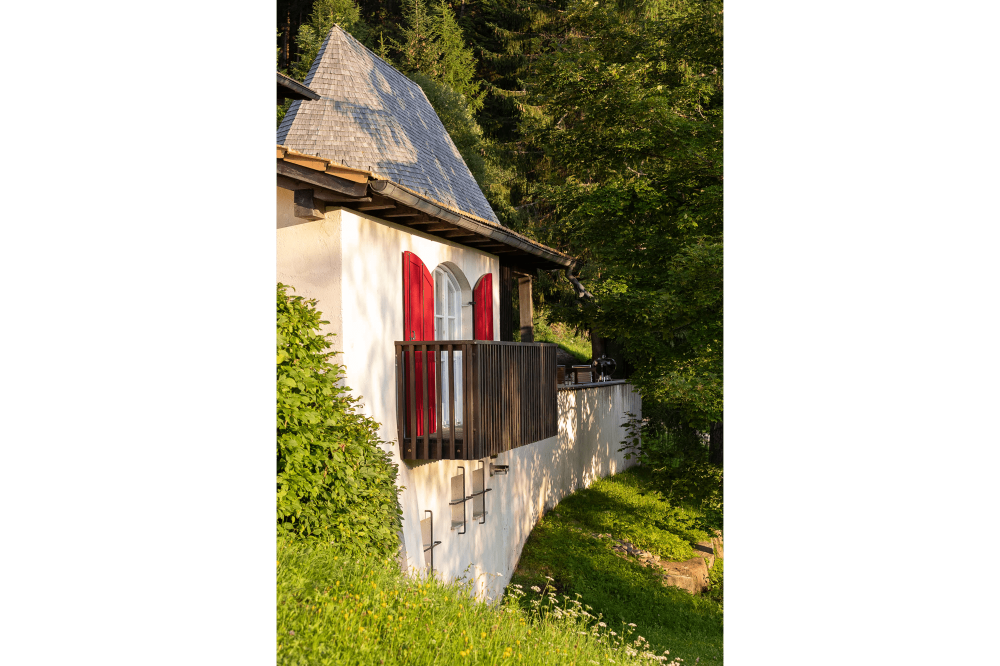
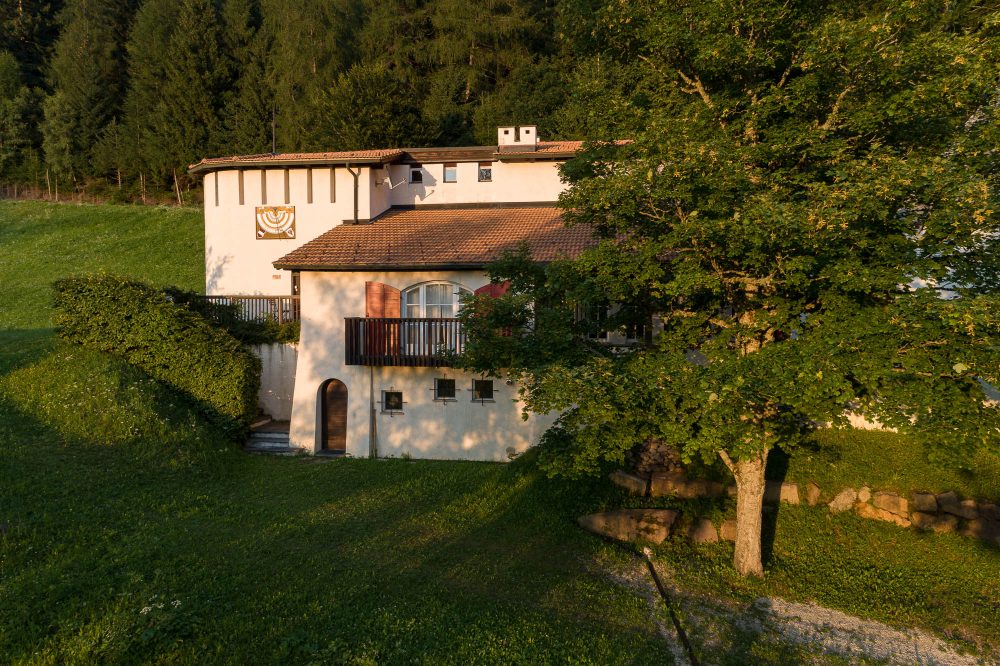
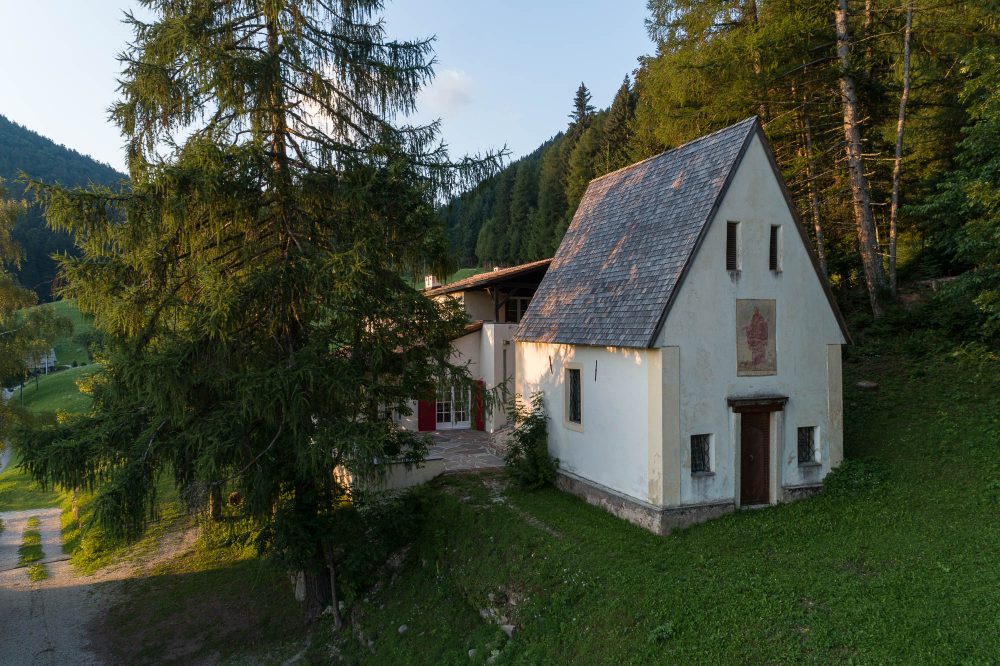
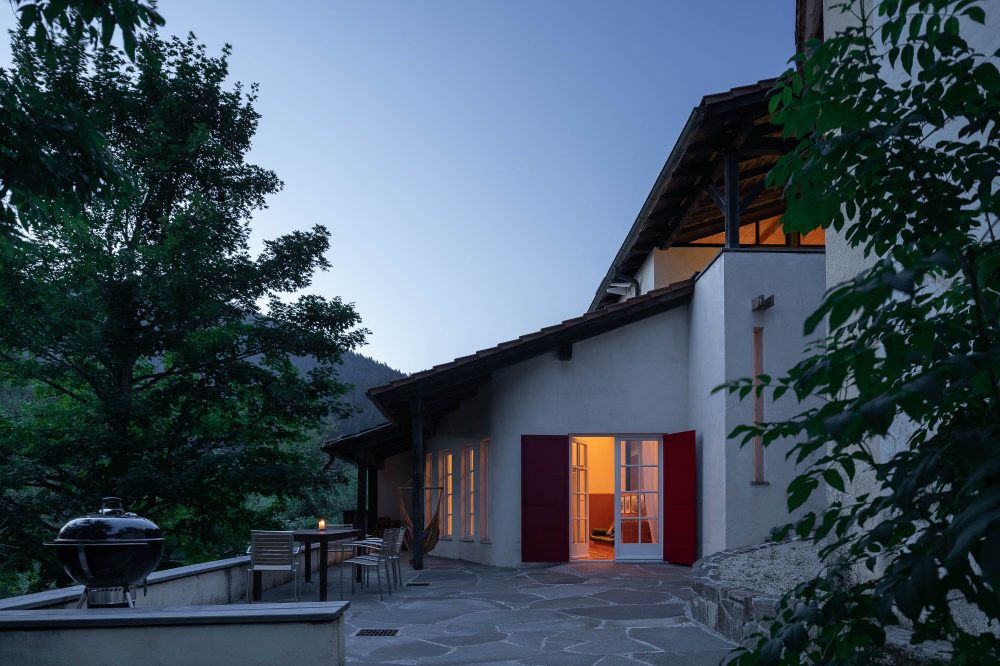
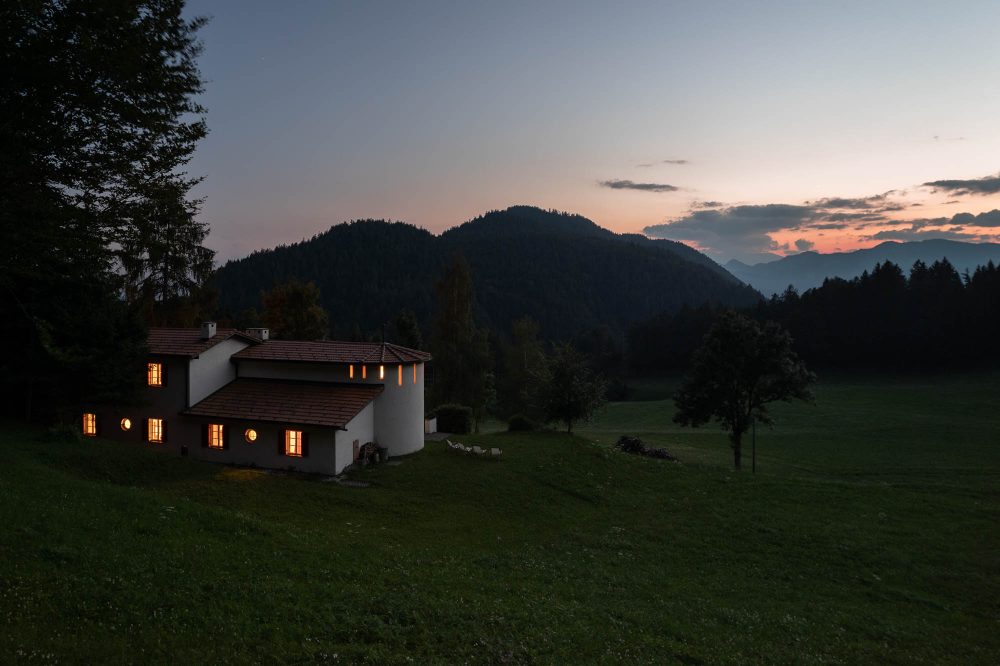
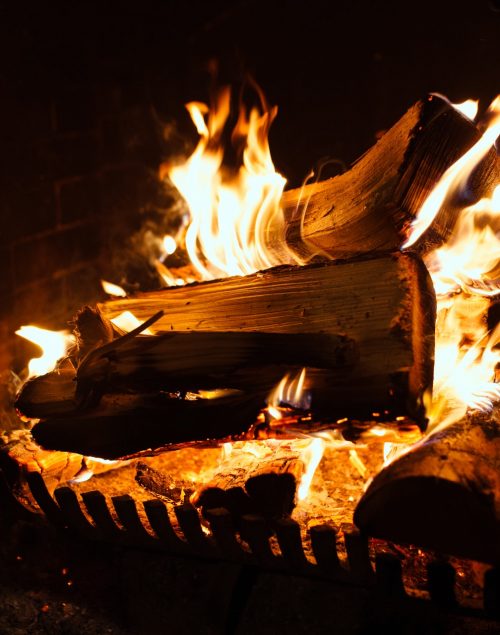
relax.enjoy.
come together. dream
Our country house has three bedrooms, each with two single beds on the ground floor and two separate single beds upstairs. There are two bathrooms available, one with a shower, the other with a bathtub.
The spacious kitchen is equipped with everything you need to spoil your loved ones with culinary delights; basic ingredients and spices are available and are welcome to be used. The living room and the bright parlour are spacious and invite you to linger.
A small library with novels and literature about the culture and history of South Tyrol encourages you to browse.
Warm summer evenings are best enjoyed by the fire on the newly renovated terrace.
You can park your vehicles directly in front of the house and your bicycles in the cellar.
relax.enjoy.
come together. dream
Unser Landhaus verfügt über drei Schlafzimmer mit jeweils zwei Einzelbetten im Erdgeschoss sowie über zwei getrennte Einzelbetten im Obergeschoss. Es stehen Ihnen zwei Bäder zur Verfügung, einmal mit Dusche, einmal mit Wanne.
Die geräumige Küche ist mit allem ausgestattet um Ihre Liebsten kulinarisch zu verwöhnen, grundlegende Zutaten und Gewürze sind vorhanden und können gerne benutzt werden. Das Wohnzimmer und die helle Stube sind großzügig gestaltet und laden zum Verweilen ein. Eine kleine Bibliothek mit Romanen und Literatur über die Kultur und Geschichte Südtirols regt zum Schmökern an.
Laue Sommerabende genießt man am besten am Feuer auf der frisch renovierten Terrasse.
Fahrzeuge können direkt vor dem Haus abgestellt werden, Fahrräder gern im Keller.
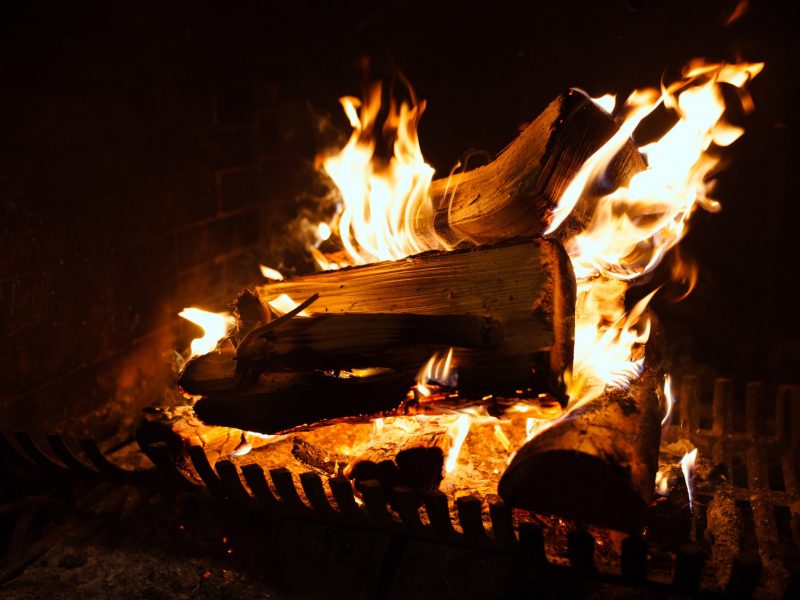
Unser Landhaus verfügt über drei Schlafzimmer mit jeweils zwei Einzelbetten im Erdgeschoss sowie über zwei getrennte Einzelbetten im Obergeschoss. Es stehen Ihnen zwei Bäder zur Verfügung, einmal mit Dusche, einmal mit Wanne.
Die geräumige Küche ist mit allem ausgestattet um Ihre Liebsten kulinarisch zu verwöhnen, grundlegende Zutaten und Gewürze sind vorhanden und können gerne benutzt werden. Das Wohnzimmer und die helle Stube sind großzügig gestaltet und laden zum Verweilen ein. Eine kleine Bibliothek mit Romanen und Literatur über die Kultur und Geschichte Südtirols regt zum Schmökern an.
Laue Sommerabende genießt man am besten am Feuer auf der frisch renovierten Terrasse.
Fahrzeuge können direkt vor dem Haus abgestellt werden, Fahrräder gern im Keller.
chapel St. Leonhard and Leitgebhof
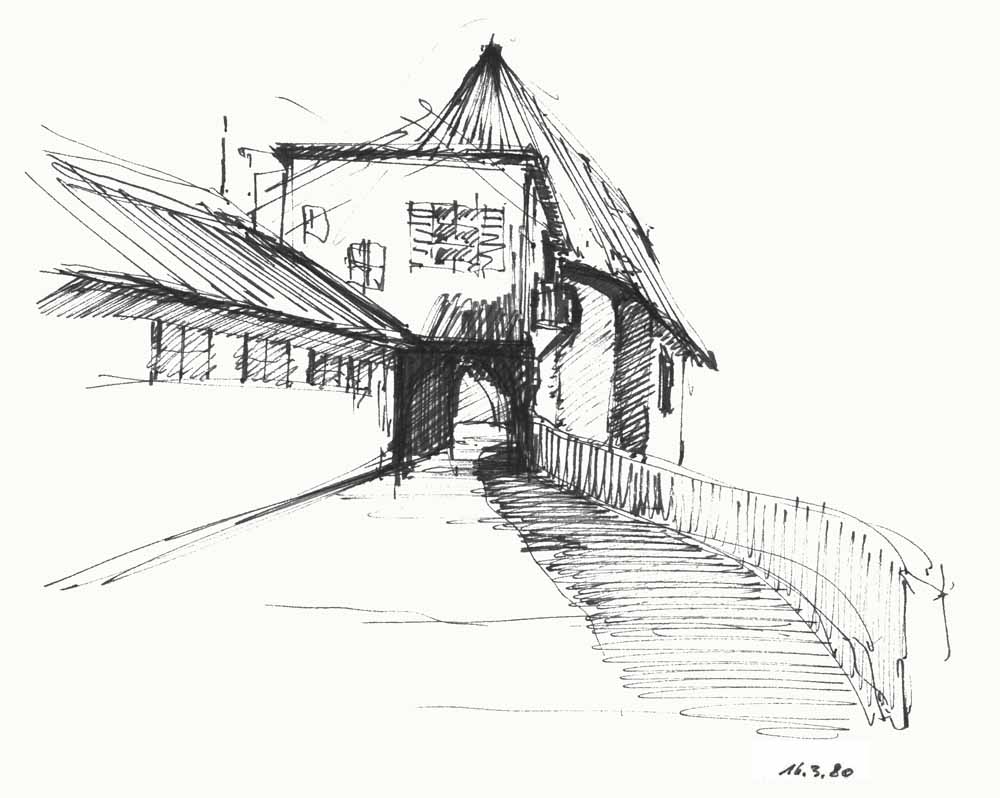
The listed chapel dates back to the 17th century. It is dedicated to St. Leonhard, patron saint of cattle, farmers and carters.
The original farmstead "Leitgebhof" consisted of a chapel, four houses and two barns with stables. One of the houses was popularly called "Klösterle" and was owned for a long time by a monastic order that offered food and drink here, perhaps also hostel.
Hence the name "Leitgeb", which means "inn".
Before this intervention in nature, travellers preferred to avoid the marshlands and hike over the mountains. It is quite possible that Albrecht Dürer also had himself fed here. See watercolours from his trip to Italy.
The tremors of the Friuli earthquake in May 1976 caused the valley-side facade of the Klösterle to collapse. In 1978, the Leitgeb Hof was the property of the neighbouring Dreifichten Hof. The ruins of the Klösterle and the Leonhard Chapel passed from the farmer to his sister Anna Pardatscher.
The present house was designed and planned by 24-year-old Wolfram H. Pardatscher in 1980 and built in the following years.
The basic idea of the house is the continuation of the chapel axis through the hallway. The individual rooms are strung along this axis, similar to the cells of a monastery.Mitte des 19 Jh. wurde die Etsch begradigt und die Talsohle trockengelegt.
Damit konnte der Malaria, dem „Salurner Tod“ Einhalt geboten werden und man schuf wertvolle landwirtschaftlich nutzbare Flächen sowie einen gewissen Hochwasserschutz.
chapel St. Leonhard and Leitgebhof

The listed chapel dates back to the 17th century. It is dedicated to St. Leonhard, patron saint of cattle, farmers and carters.
The original farmstead "Leitgebhof" consisted of a chapel, four houses and two barns with stables. One of the houses was popularly called "Klösterle" and was owned for a long time by a monastic order that offered food and drink here, perhaps also hostel.
Hence the name "Leitgeb", which means "inn".
Before this intervention in nature, travellers preferred to avoid the marshlands and hike over the mountains. It is quite possible that Albrecht Dürer also had himself fed here. See watercolours from his trip to Italy.
The tremors of the Friuli earthquake in May 1976 caused the valley-side facade of the Klösterle to collapse. In 1978, the Leitgeb Hof was the property of the neighbouring Dreifichten Hof. The ruins of the Klösterle and the Leonhard Chapel passed from the farmer to his sister Anna Pardatscher.
The present house was designed and planned by 24-year-old Wolfram H. Pardatscher in 1980 and built in the following years.
The basic idea of the house is the continuation of the chapel axis through the hallway. The individual rooms are strung along this axis, similar to the cells of a monastery.Mitte des 19 Jh. wurde die Etsch begradigt und die Talsohle trockengelegt.
Damit konnte der Malaria, dem „Salurner Tod“ Einhalt geboten werden und man schuf wertvolle landwirtschaftlich nutzbare Flächen sowie einen gewissen Hochwasserschutz.
chapel St. Leonhard and Leitgebhof

The listed chapel dates back to the 17th century. It is dedicated to St. Leonhard, patron saint of cattle, farmers and carters.
The original farmstead "Leitgebhof" consisted of a chapel, four houses and two barns with stables. One of the houses was popularly called "Klösterle" and was owned for a long time by a monastic order that offered food and drink here, perhaps also hostel.
Hence the name "Leitgeb", which means "inn".
In the middle of the 19th century, the Adige was straightened and the valley floor drained. This put a stop to malaria, the "death of Salurn", and created valuable agricultural land as well as a certain degree of flood protection.
Before this intervention in nature, travellers preferred to avoid the marshlands and hike over the mountains. It is quite possible that Albrecht Dürer also had himself fed here. See watercolours from his trip to Italy.
The tremors of the Friuli earthquake in May 1976 caused the valley-side facade of the Klösterle to collapse. In 1978, the Leitgeb Hof was the property of the neighbouring Dreifichten Hof. The ruins of the Klösterle and the Leonhard Chapel passed from the farmer to his sister Anna Pardatscher.
The present house was designed and planned by 24-year-old Wolfram H. Pardatscher in 1980 and built in the following years.
The basic idea of the house is the continuation of the chapel axis through the hallway. The individual rooms are strung along this axis, similar to the cells of a monastery.
